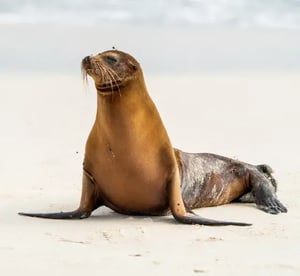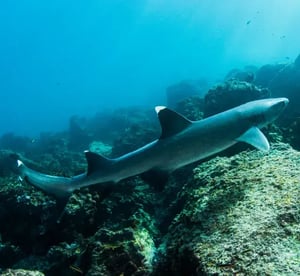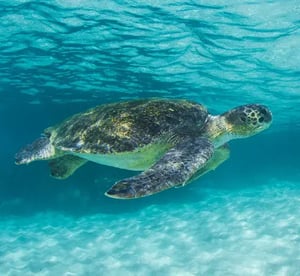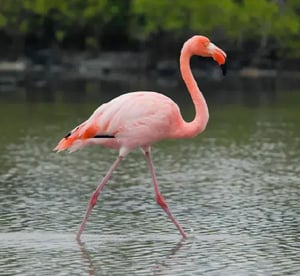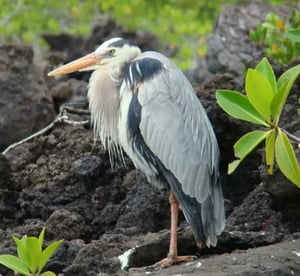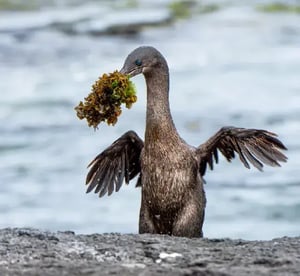
NAZCA BOOBY
The Nazca booby bird is found in the Eastern Pacific region of the Galapagos. Named Nazca booby because of its inhabiting area, it is considered a subspecies of the masked booby. They feed by plunge-diving usually on flying fish, anchovies and sardines. Usually, they feed away from land and it is rare to see them fishing. They can live from 20 to 25 years.
Their courtship ritual involves the sky pointing position and shaking the head up and down and to the sides. After the male’s display, the female would join the male in the sky pointing position, knocking their beaks together.
Females lay 2 eggs that hatch, but only one would survive due to food availability and parental care. The fittest chick would push away the other from the nest or even kill it. Studies have shown that this behavior increases the surviving success of one chick, compared to the pairs that only lay an egg.
Their breeding season lasts 9 months, the months vary depending on the island. This species nests on the ground and the chicks grow as big as their parents, before developing feathers and need parental care until they strengthen their flying muscles. They have trouble taking off due to their weight and size, so they prefer nesting in cliffs and islets from where it is easier to fly off.
They can be seen on almost every island and in the walls of most cliffs, with about 20 thousand pairs living in the archipelago.
Yes
Endemic
Seabirds
Animal group
Sula granti
Scientific name
81 - 92 cm
Animal average size
1.8 kg
Animal average weigth
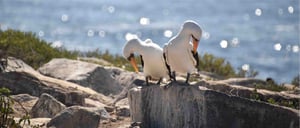

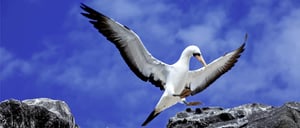
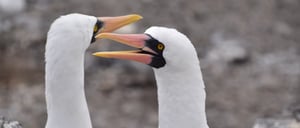
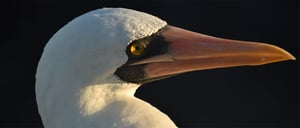
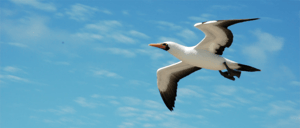
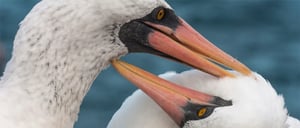
Where to spot this animal?
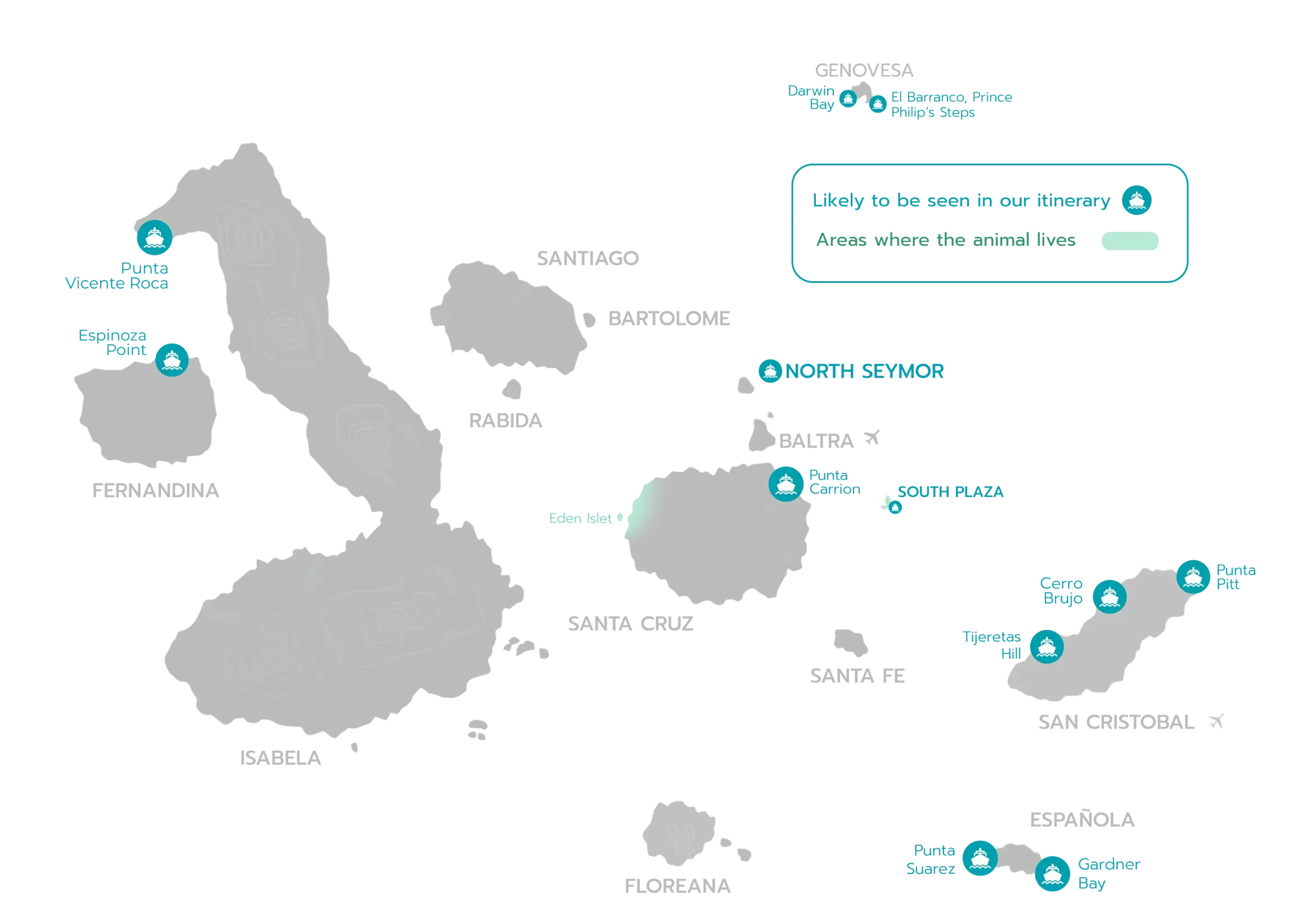
Expeditions where you can find this animal
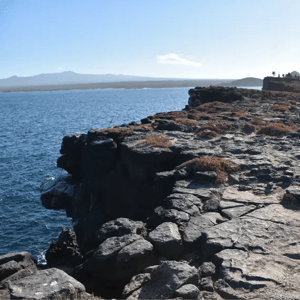
NORTH EXPEDITION (A)
Visitor sites:
> El Barranco, Prince Philip's Steps
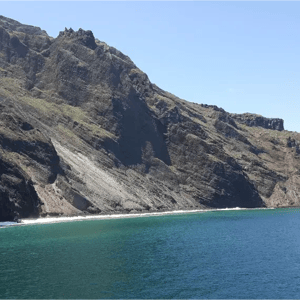
WEST EXPEDITION (B)
Visitor sites:
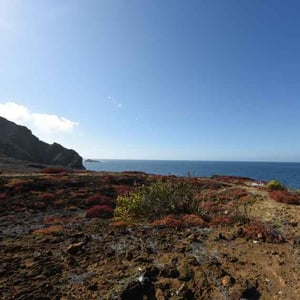
EAST EXPEDITION (C)
Visitor sites:
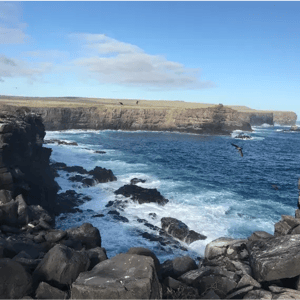
SOUTH EXPEDITION (D)
Visitor sites:
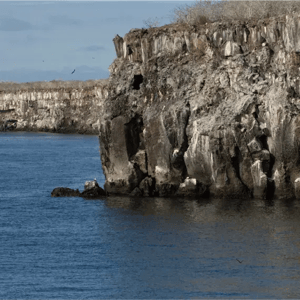
NORTH EXPEDITION (A)
Visitor sites:
> El Barranco, Prince Philip's Steps

WEST EXPEDITION (B)
Visitor sites:
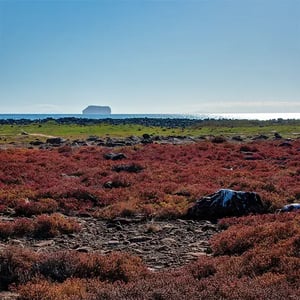
EAST EXPEDITION (C)
Visitor sites:

